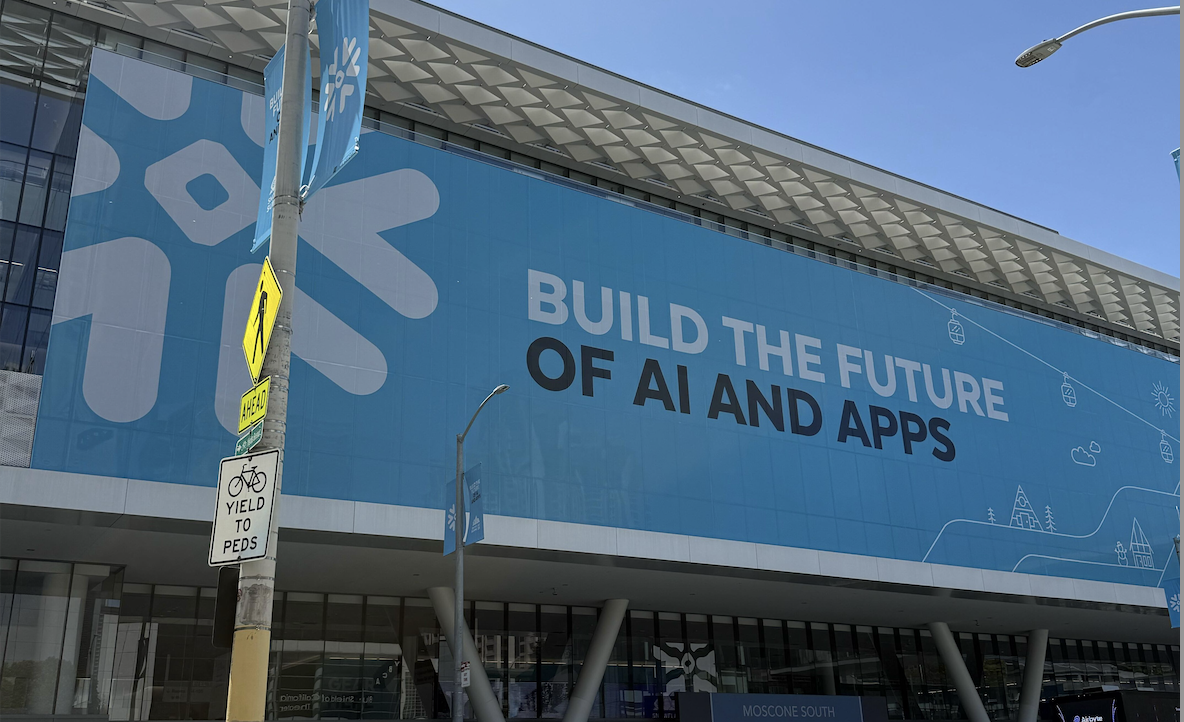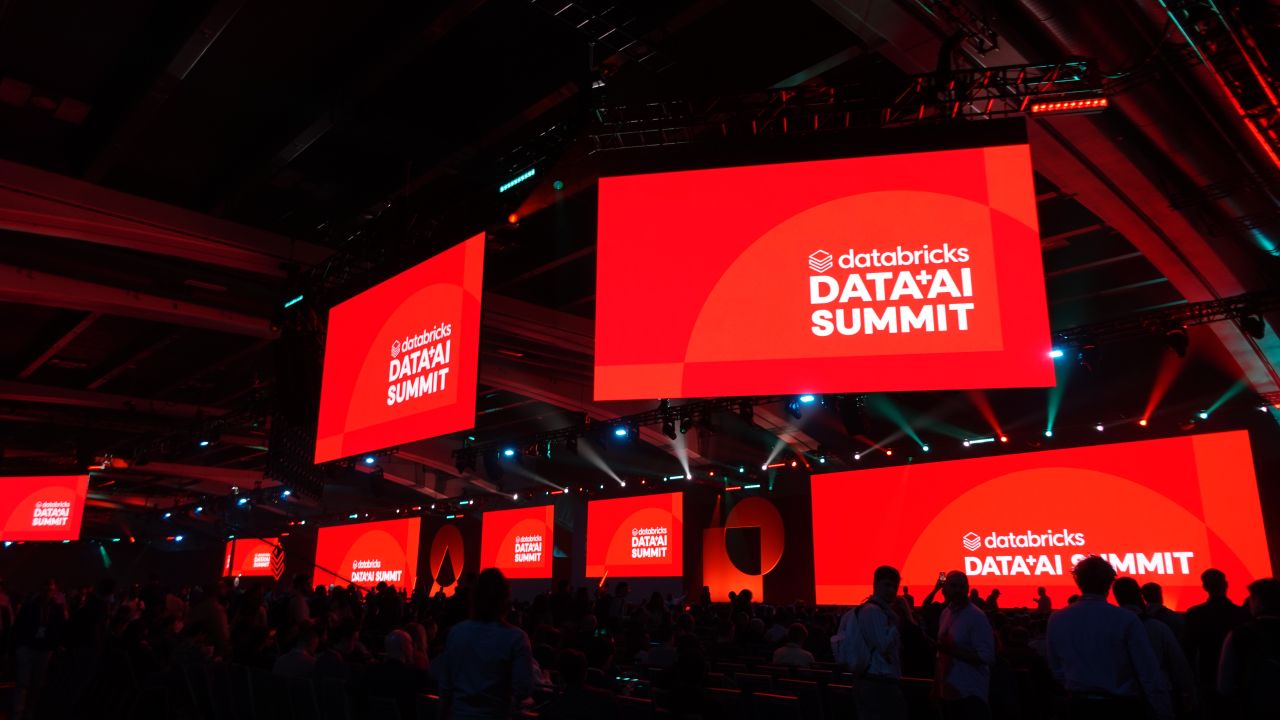Replicate Data and Utilize Change Data Capture (CDC) Easily with Datastream

As billions of internet users exchange information with each other and as platforms diversify, data grows exponentially together with the complexity to manage, organize, and analyze it. Companies are faced with dull data architectures that require better solutions, and the ideal alternative that exists is called change streaming.
Change streaming relates to the direct display of data changes in real-time from a source (usually a database) to the destination.
Change streaming relies on change data capture (CDC) patterns to replicate and move data so that major disruptions from having too many hands in the data flow can be mitigated. Google Cloud recently released Datastream, their novel replication and data capture service completely serverless and available to anyone interested.
Datastream joins the data science stage with its much-needed features to streamline database replication, provide real-time analytics, and support event-driven architectures. It unifies the data found in separate storage systems, databases, and applications with maximum speed and minimum latency.
Let’s explore how Datastream allows you to deliver change streams from MySQL and Oracle into Cloud Spanner, BigQuery, and other Google Cloud services.

What are the Capabilities of Datastream?
Datastream allows users to synchronize data across their business faster. Applications and heterogeneous databases will keep working efficiently and without disruptions even after the implementation of Datastream to gather data. Your source will remain intact so that you can work with data and accelerate database replication, support event-driven architectures, process rapid cloud migrations, and build analytics by using data streams.
Users shouldn’t be concerned that high volumes of data would cause latency. Datastream is serverless and it can adapt with ease according to the volume of data presented. It means that you have to spend less time dealing with the infrastructure, maintaining optimal performance, or provisioning resources and dedicate more time to studying the insights derived.
Datastream promises to enhance your experience in working with data on-premises and on the cloud. Here are some of the perks that accompany the implementation of Datastream in your organization:
- Minimal latency. Datastream serverless architecture brings maximal performance in processing speed. One stream allows 10 MBs per second to be processed without impacting performance. Data maintains the same flow and quality regardless of its amount.
- Easy implementation. All processes that may change data replication in real-time should be integrated into one flow. Datastream simplifies the process by putting database preparation documentation, stream validation, and secured connectivity set up right into the flow.
- Security. Datastream allows the information to pass from the source to the destination through private connectivity, and with information being encrypted in transit. This way your migrated data travels securely and is displayed in its original form without loss.
- Holistic solution. Replication changes into the destination databases and building pipelines shouldn’t take forever. Datastream provides users with templates that cut down the time it takes to move data into Cloud SQL, BigQuery, and Cloud Spanner.
When to Use Datastream?
Datastream finds use in multiple industries where data insights are required. One of their earliest customers is Schnuck Markets, Inc, the giant supermarket retailer with over 100 stores. They used Datastream to replicate and monitor data into BigQuery which proved more effective than using on-premises.
Would Datastream be useful for your business? It depends on whether its capabilities are a match for your current infrastructure. Here are some of its potential implementations:
- Building tables of replicated data by using BigQuery and Dataflow templates to allow seamless access to data analytics insights.
- Synchronizing and replicating database data for Spanner or PostgreSQL into Cloud SQL by using Datastream with Dataflow templates to ensure safe database replications.
- Ingesting changes into object stores such as Google Cloud Storage from several sources to build event-driven architectures.
- Building data pipelines that allow data streams to pass from legacy relational data stores with the help of Datastream into MongoDB in a continuous manner.
How to Get Started with Datastream?
Getting started with Datastream can be done in a straightforward process of six steps. Then, you’re all ready and set to stream real-time changes from MySQL and Oracle databases through Datastream.
- Click Create Stream on your Google Cloud console, found under Big Data in the Datastream section.
- Select the source database type and complete the details of setting it up.
- Complete your source connection profile to simplify use at other times.
- Select the connection method for the source
- Set up and finish configuring your destination connection database profile
- Finally, test your stream and tune details until it’s successful.
Now, you’re all set to start data streaming!
Final Thoughts
Datastream is appropriate for various applications because it offers both cloud and on-premises support. It makes it possible to capture changes and historical data into Cloud Storage from all MySQL sources and Oracle. Moreover, it integrates with Dataflow and Cloud Data Fusion to deliver replications to multiple Google Cloud destinations.
We believe using data analytics is crucial for every organization, and we have found this by working on over 100 projects with organizations of different sizes. Making use of machine learning, data science, and multiple other tools, we help unify data in one place to portray useful insights that can be used for more accurate business decisions. Contact us to learn more.


